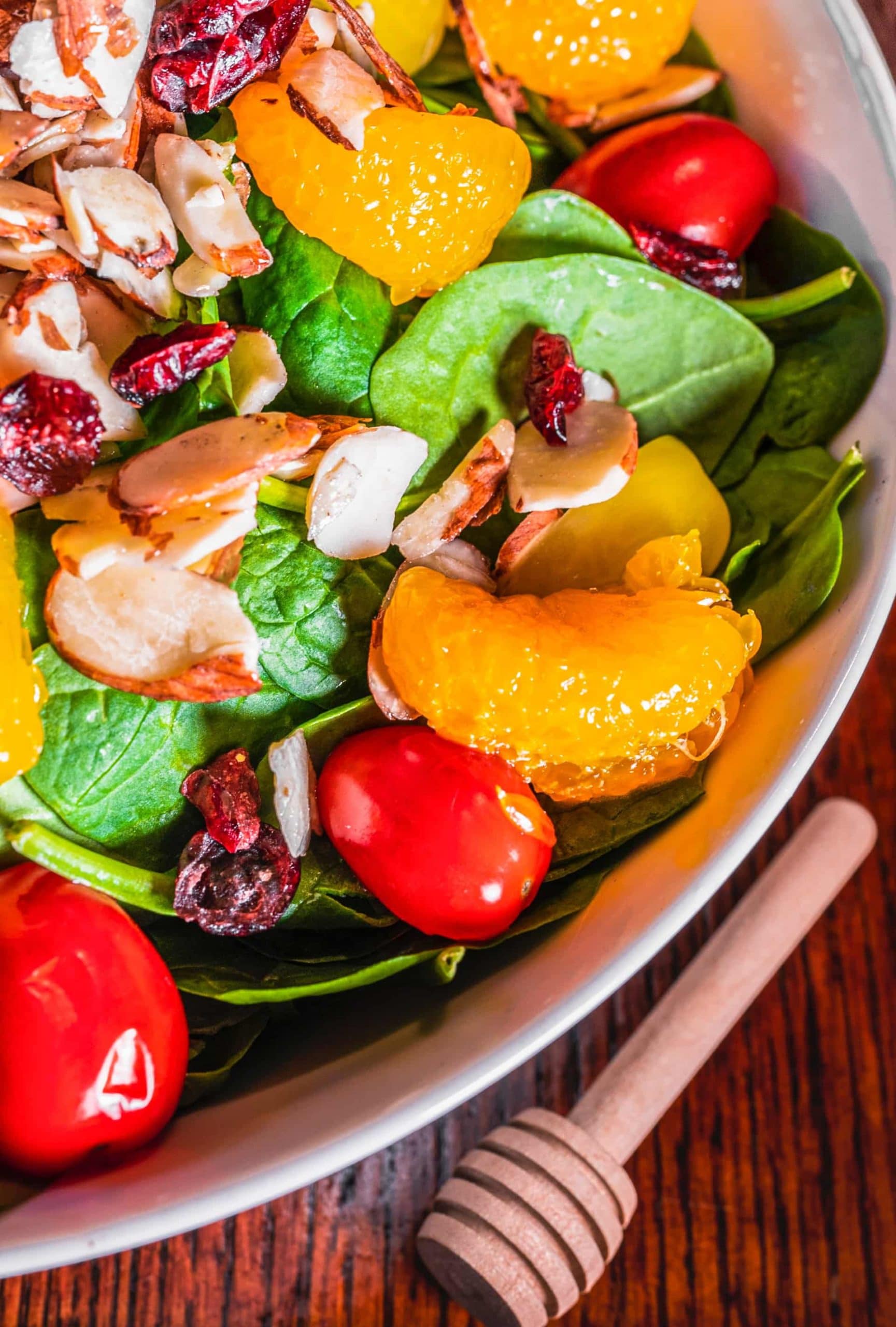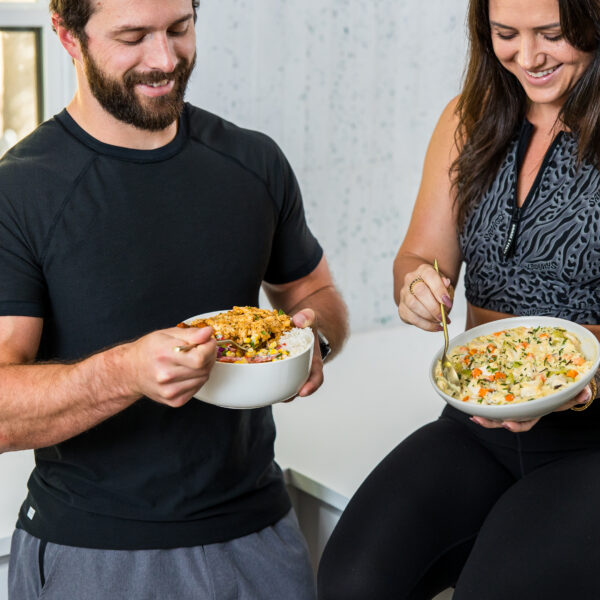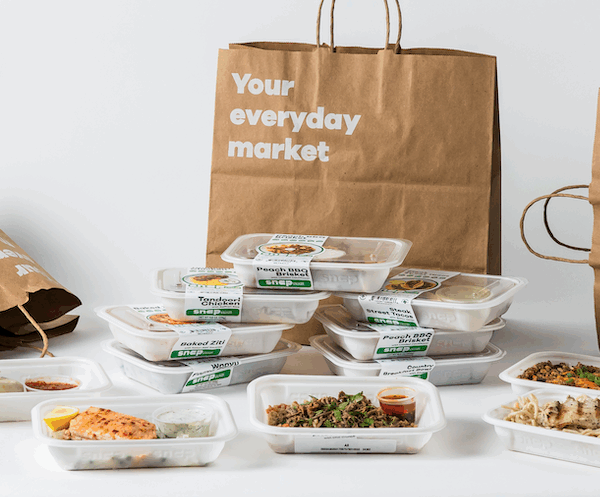Bioavailability is a measure of the body’s potential to absorb any given nutrient. Bioavailability varies depending on a range of factors, from molecular structure and chemical formula of the nutrient to age and personal digestive issues. Ultimately, the way we prepare our food makes a difference too.
Cooking Methods and Bioavailability
When it comes to nutrient retention, the magic is in the method. While cooking most veggies isn’t essential, in some cases it’s helpful for improving the flavor and texture, and it also increases the absorption of vitamins like beta carotene and lycopene. Each cooking method has a different effect on the final result. Raw veggies have their benefits, too! To make sure you’re getting enough fiber and to stay full for longer, incorporate a mix of cooked and raw vegetables into your diet.
Frying, Baking, and Steaming
Sautéing and stir-frying are better options than deep frying, but they have been found to significantly decrease the amount of vitamin C in vegetables like broccoli and cabbage.
Baking vegetables is a great way to retain their fiber and deepen their flavor. Oven temperature and time both play a role in the vitamin content of the end product. Baking (or air frying) is especially great for preparing nutritious green beans, asparagus, broccoli, celery, swiss chard and onions.
Boiling effectively removes most or all of the water-soluble vitamins in vegetables. This method of preparation causes peas, cauliflower and zucchini to lose more than 50% of their antioxidants! While boiling is one of the quickest ways to lose nutrients, steaming allows for full nutrient retention. A 2009 study found that steaming broccoli consistently yielded the highest amounts of chlorophyll, protein, sugars, vitamin C, carotenoids, and glucosinolates, in some cases exceeding the nutrient availability of the raw vegetable!
If you don’t have the time to set up a steamer on the stove, microwaving is just as healthy and a much more convenient option. Because microwaved vegetables never come into contact with added water, they retain all of their nutrients. The only exception is cauliflower, which actually loses more nutrients when microwaved than when boiled.
Food Pairings That Increase Bioavailability
Certain foods can increase the bioavailability of others when eaten together! Try a few of these winning combos to up the nutritional value of your meals:
- Vitamin C and Plant-Based Iron
Citrus and spinach salad, anyone? Vitamin C helps break down non-heme iron into a form that’s more easily absorbed. You can also achieve this pairing with a more savory dish like broccoli with tofu.
- Tomatoes and Olive Oil
Lycopene found in tomatoes is a powerful antioxidant that can help protect our skin from the sun, improve our heart health and even lower the risk of some cancers! Not only is it delicious, but eating tomatoes with olive oil has been shown to enhance the body’s capacity to absorb the antioxidant. Drizzle some EVOO on your caprese salad, grill your bread with olive oil when making bruschetta or add a little extra nutty flavor to your next bowl of spaghetti to enjoy all the benefits of this power duo.
- Turmeric and Black Pepper
Common to South and East Asian cuisines, the combination of turmeric and black pepper is great for maximizing the positive effects of both spices. To reap benefits like improved kidney health, decreased inflammation and more, put spicy stir-fry or a peppered golden latte on the menu.
More combinations you can eat to improve the bioavailability of nutrients include:
- vitamin D and calcium
- Beans and rice
- Healthy fats and fat-soluble vitamins (vitamin A, vitamin D, vitamin E and vitamin K).
Some foods are naturally more bioavailable than others, too. Examples of this include animal sources of protein compared to plant-based sources of protein and the heme iron you find in animals vs the non-heme form found in plants.
Getting the Nutrients You Need
There’s much to think about and a lot to keep in mind when trying to nourish your body with the best nutrition! Make it easier on yourself by getting chef-prepared, nutritionist-approved meals delivered right to your door with Snap Kitchen.
Learn more about important nutrients, what vegetables you can find them in, how to cook those vegetables, and more tips to keep you healthy and happy on the Snap Blog.





Leave a Reply
No Comments